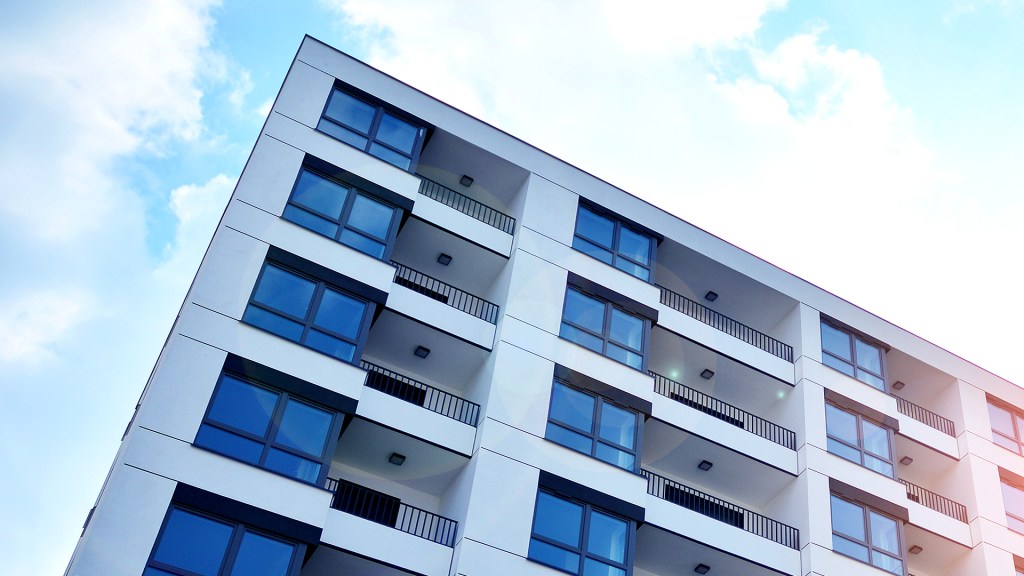By Erica Rascón on August 8, 2012 in News
All eyes are on the baby boomers. As this group retires, firms scramble to meet the rising demand for accessible housing. By implementing technologies of universal design, firms can create residences and public spaces that accommodate the largest single cross-section (and perhaps most demanding portion) of the American population. Universal design—from layout to lighting—can give firms the edge needed for success.
Such projects appeal to real estate market trends beyond senior housing. As multi-generational living arrangements continue to gain popularity, it is important that young residents are furnished with housing options that allow them to accommodate parents and in-laws. The young, agile and healthy may enjoy a home with their elders in which they can operate without hindrance and thrive for years to come.
The potential for revenue on such projects are virtually limitless. Universal design produces single family and multifamily housing that reach the broadest demographic of tenants possible regardless of age or ability level. Housing that promotes ease of mobility, clear visibility and an enhanced sense of well-being can appeal to those with ideal health just as easily as it appeals to those with limited abilities. As a result, these projects will be inherently more marketable for years to come.
Firms need not overhaul design plans for accessibility measures overnight. One facet of accessible design, universal lighting, may prove to be the single most easily applicable and marketable component. Lighting presents few structural challenges for designers and builders while enhancing the marketability of housing for tenants.
Interior Lighting for Some, for All
The fundamental principles of universal lighting compensate for reduced retinal contrast and decreased color saturation. Common techniques call for:
• Uniform and indirect lighting, avoiding pools of light and shadow that may skew depth perception
• Clearly delineated walkways and transition zones
• Use of indirect lighting
• Mindful placement of task lighting in work spaces
• Shielded light to minimize glare and imbalance
• Lighting control mounted no more than 40 inches from the floor
While complying with those recommendations improves marketability to seniors and the disabled, compliance in single family and multifamily housing will keep firms in line with market trends. Since the recent economic decline, the US has experienced a hike in multi-generational living. According to studies by the Pew Research Center, more than one-fifth of adults between the ages of 25-34 live with their parents. Housing designed to meet the needs of multi-generational inhabitants caters to this trend. Universal lighting design encourages a comfortable atmosphere for all residents, without restrictions to navigation, and despite impairments or a lack thereof.
Benefits for multifamily and multi-generational living
The most fundamental advantage of universal lighting—easier visibility—is only the beginning of the design’s benefits. Universal lighting comes with an array of secondary benefits that may improve residents’ experience.
Uniform lighting and clearly delineated transition zones help to prevent trips and falls. For multifamily firms, instituting these practices in public spaces can decrease liability to property owners and managers.
Numerous studies demonstrate that adequate lighting can enhance our sense of well-being, improve sleep quality and regulate sleep patterns, reduce breast cancer, minimize eye strain, improve cortical brain activity, and increase productivity—imagine the appeal your property could have with those features listed as amenities. As research continues, we learn more about the direct correlation between our health and our interior environments and how to create and market properties accordingly.
Truth be told, while most tenants will not be able to quantify the effects of universal lighting by simply walking into a space, the effects are felt and experienced on both a short and long-term basis. Housing that residents enjoy living in bade well for referrals and tenant retention.
Balancing Costs
Universal lighting technologies tap into a designer’s skill more than a firm’s wallet; achieving accessible design objectives emphasizes thoughtful planning more than the purchase of particular products or brands. On average, universal designs costs a mere 2 percent more than traditional designs, a differential that can be easily recuperated by marketing a broader pool of potential tenants and increased tenant retention. In some cases—such as the preferred use of LED bulbs over fluorescent, incandescent and halogen bulbs—universal design recommendations coincide with green building codes, allowing builders to satisfy two housing standards for the price of one.
Universal design has emerged as the umbrella technology for housing firms, a method of operating that is capable of attracting and retaining tenants for years to come. By catering to human development patterns, accessibility laws, and real estate trends universal design proves itself as a worthy investment for today’s firms.



